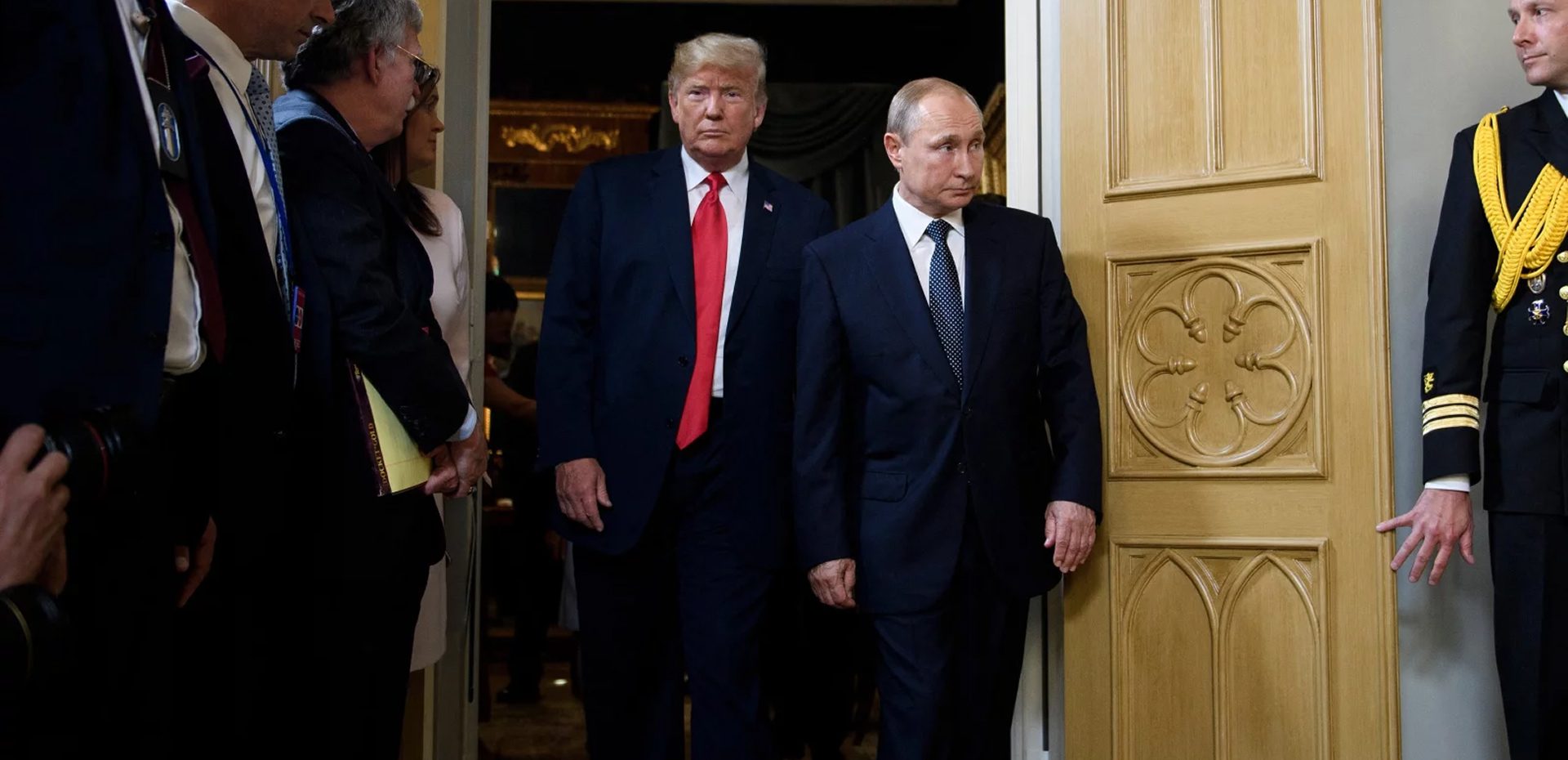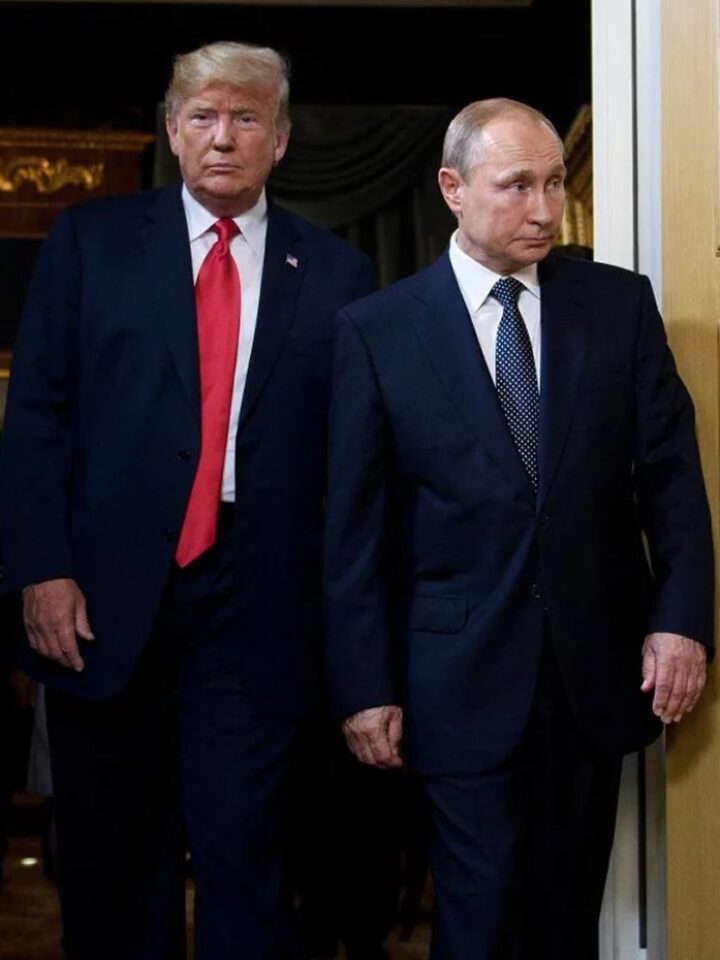In Moscow, Friday’s meeting between Vladimir Putin and Donald Trump is seen against a backdrop of what the Kremlin regards as a favourable balance of forces – both on the battlefield and at the negotiating table. While Putin does not expect to achieve a rapid peace settlement, he is already reaping the benefits of the invitation to meet the US president on US soil and is prepared to make gestures that Trump can present as personal diplomatic successes to keep him engaged in the process – including talk of a three-way meeting with Volodymyr Zelensky, an aerial truce, and a territorial exchange.
Military gains, patriotic support, strong ties with China
Days before the planned meeting in Alaska, Russian forces broke through Ukrainian defences in the Pokrovsk sector of Donetsk Region. Experts assess this as a strategically critical area: unless Ukraine acts quickly, the Russian army could advance towards Sloviansk and Kramatorsk and move closer to controlling the entire region. The offensive began shortly after Putin’s latest meeting with Trump’s special envoy Steve Witkoff and appears aimed at increasing pressure on Kyiv ahead of possible agreements.
Domestically, the Kremlin relies on a stable core of supporters for continuing the war – about 30 per cent of Russians oppose negotiations1. Research by the PROPA sociological project suggests that pro-war attitudes shift in line with statements by state officials: if a senior figure voices doubts about the need for talks, public support for the war also falls.
At the same time, surveys indicate that two-thirds of Russians back a negotiated settlement, giving Putin scope to manoeuvre between hardline rhetoric and a show of readiness for dialogue.
In June 2025, Russian-language media saw a sharp drop in mentions of Putin alongside the terms ‘demilitarisation’ or ‘denazification’ – concepts the Kremlin initially used to define the aims of the war and later its conditions for ending it. This persisted for the most part until the announcement of the summit on 8 August and suggests an adjustment to the official narrative, shifting away from maximalist goals towards a more pragmatic basis for ending hostilities, aiming for now to consolidate control over territory seized by Russia.
Russia’s relative resilience to sanctions does not negate their cumulative impact. The decline is particularly visible in civilian manufacturing and high-tech sectors, where restrictions on Western equipment and components are hitting aviation, engineering, oil, gas, and pharmaceuticals. Easing sanctions remains an important Kremlin goal, and the meeting with Trump offers a chance – even a partial one – to move in that direction.
A further vulnerability lies in Russia’s dependence on Chinese supplies. This asymmetry increases Beijing’s leverage over Moscow and, in the long term, could carry strategic costs for Russia itself. In Washington, concern is growing that closer Russia-China ties will benefit America’s principal rival and complicate the US foreign policy agenda. Putin could use these concerns as a bargaining chip, possibly offering limits on cooperation with China in some areas in exchange for concessions from the US.
Moscow still does not regard the EU as an equal at the negotiating table. However, Trump, who showed scepticism towards Europe at the start of his second term, now discusses Ukraine regularly with the leaders of key European states. Before meeting Putin, he consulted with Finland, France, Germany, Italy, Poland and the UK – contrary to Kremlin expectations – which increases the likelihood that Europe’s views will be factored into the talks.
Potential outcomes – an aerial truce or a territorial exchange
As a tactical move within a broader deal, Moscow could propose an aerial truce based on mutual commitments. For the Kremlin, this would reduce damage from Ukrainian drone strikes on airfields and infrastructure while preserving freedom of action on the ground.
A more ambitious scenario would be a ceasefire in exchange for fixing a dividing line along the Dnieper River and granting Russia full control of Donetsk and Luhansk Regions. Discussion of Kherson and Zaporizhzhia could be postponed until later.
As ‘compensation,’ Russia might withdraw from some areas of Kharkiv or Sumy Regions. However, the difference in the strategic value of these territories makes such a trade highly disadvantageous for Kyiv. In any case, under Ukraine’s Constitution, the president cannot cede the country’s territory without a national referendum.
For Putin, control of Donbas carries multiple benefits. Economically, it is rich in coal and metals, with an established industrial base capable of supporting Russia’s economy and its defence sector in particular. Ideologically, it is central to the ‘Russian World’ narrative: in official rhetoric, ‘protecting’ the Russian-speaking population of Donbas is presented as a historic mission. Consolidating control of this region could be sold domestically as a fulfilled promise and proof of the war’s justification.
Internationally, recognition of the seizure of Donbas undermines Ukraine’s territorial integrity and weakens President Zelensky’s political standing, fuelling instability in line with one of Moscow’s longer-term goals.
Any discussion of territorial exchanges or a fixed ceasefire line must address not only control of land but also the impact on those living there. Around 3.5 million people live in Russian-occupied parts of Donetsk, Zaporizhzhia, Luhansk, and Kharkiv Regions, including roughly 200,000 in areas along the line of contact. Any transfer of these territories risks creating serious legal and social challenges: questions of citizenship, potential criminal liability for actions under occupation, and the loss of family and community ties. Without careful solutions, such changes could worsen the plight of those already harmed by the conflict and lay the ground for new tensions and mistrust on both sides.
Endnotes
- The share of militarists is particularly high among men aged 50 to 60. ↩︎


